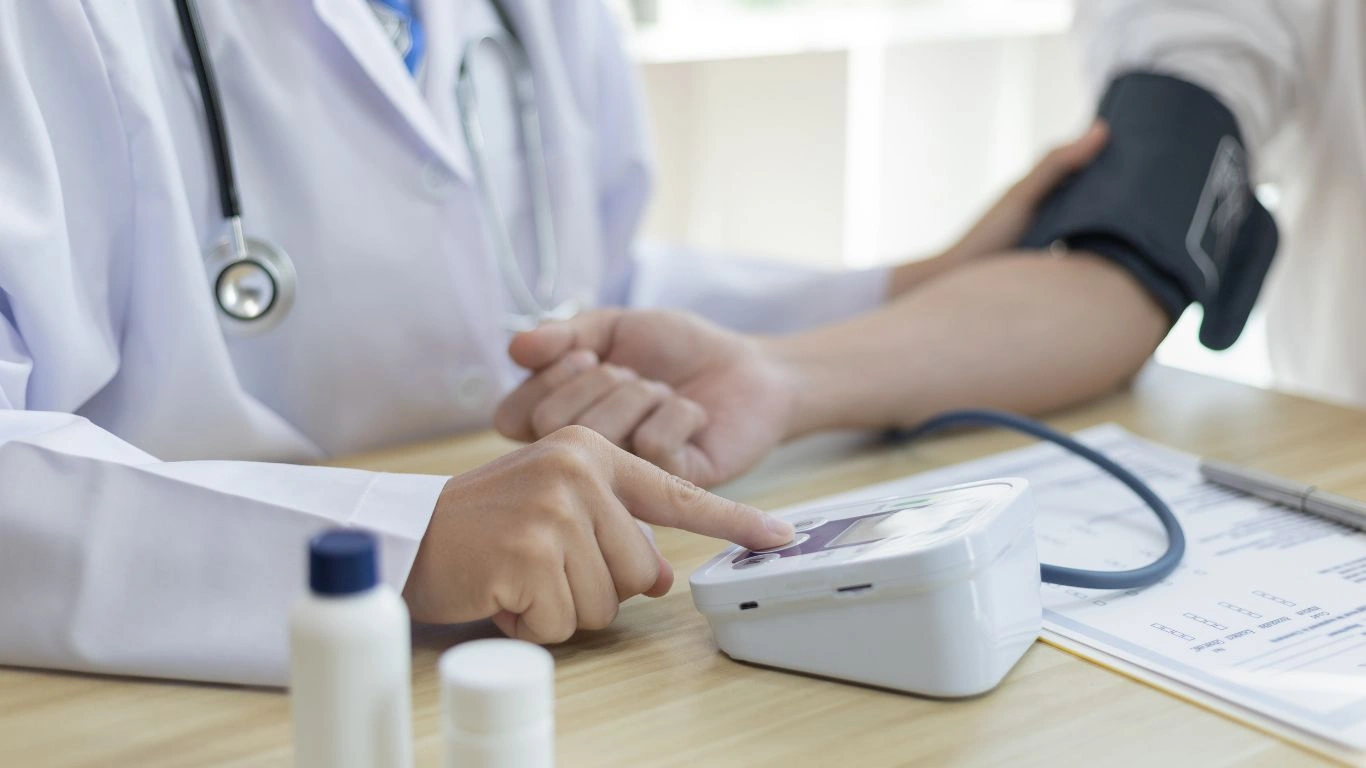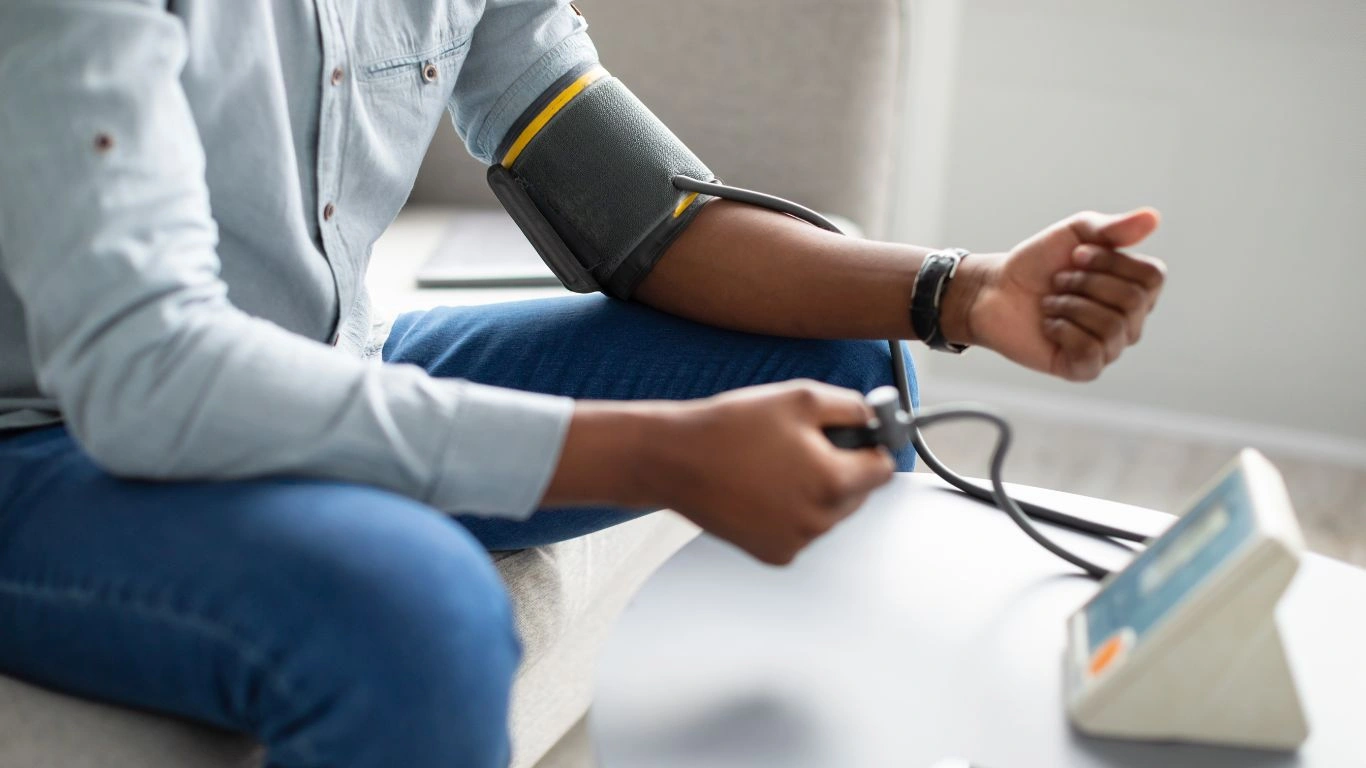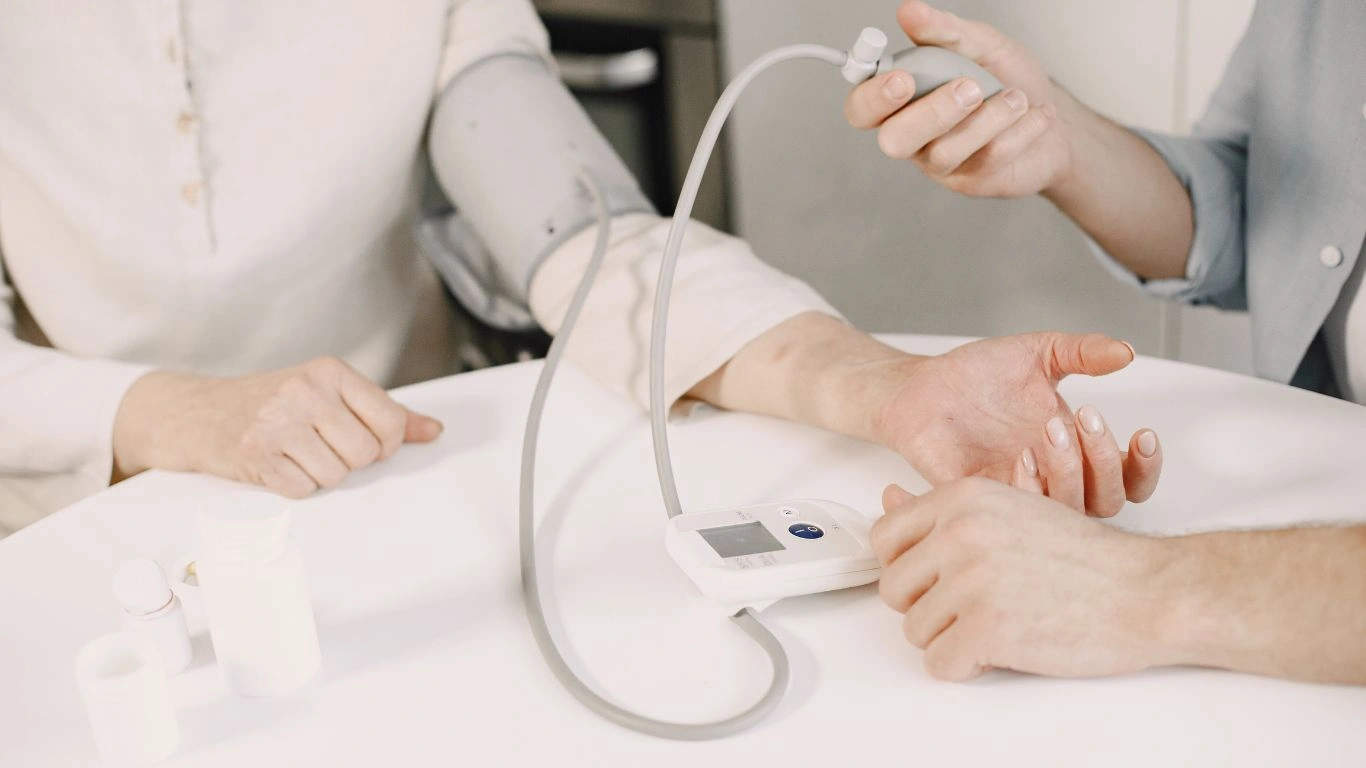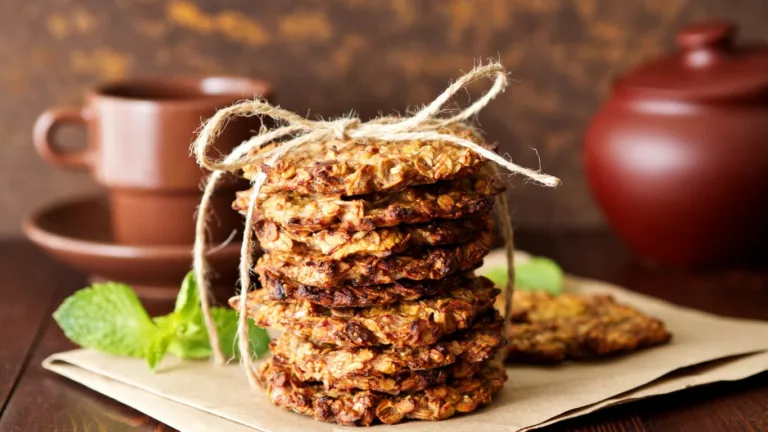Best Meal Prep Hacks for Hypertension: Transform Your Health Today
Managing hypertension, or high blood pressure, is no small feat. As an Internal Medicine Physician specializing in Hypertension Management, I can tell you that one of the most effective ways to control blood pressure is through diet. And while you might be familiar with the importance of eating right, it can be tough to stay consistent, especially when life gets busy. That’s why having a few reliable meal prep hacks for hypertension can truly make a world of difference. Today, I’m diving into some practical, real-world tips that I’ve seen work for both myself and my patients.
Understanding the Link Between Diet and Hypertension
Hypertension doesn’t just affect the heart—it affects the entire body, and what you put in your body plays a huge role in managing or worsening it. I always stress to my patients that they are in control of their health, and diet is one of the most direct ways to influence blood pressure.
One of the first things I tell my patients is to start by cutting out processed foods. These are usually packed with sodium and unhealthy fats, both of which are major contributors to high blood pressure. Instead, aim to incorporate fresh, whole foods that are rich in potassium, magnesium, and fiber. Think leafy greens, fruits, whole grains, and healthy fats.
But let’s be real—how many of us have the time to cook everything from scratch every day? I know I don’t. That’s where meal prepping comes into play. It’s a lifesaver, especially for anyone with a busy lifestyle who doesn’t want to sacrifice their health.

Best Meal Prep Hacks for Hypertension
1. Plan Ahead—Your Blood Pressure Will Thank You
Planning is key when it comes to meal prepping. In my experience, patients who spend a few hours once a week preparing meals often find it easier to stick to a healthy diet. You don’t have to make everything from scratch, but having a few core meals ready to go will make you less likely to reach for unhealthy alternatives.
I recommend dedicating a couple of hours on the weekend to preparing your meals for the upcoming week. This doesn’t mean you need to cook an entire feast—start with simple things like chopping vegetables, cooking grains like quinoa or brown rice, and portioning out lean proteins such as chicken, fish, or legumes.
Pro Tip: When prepping, don’t be afraid to double or triple a recipe. Freeze the extra portions so you always have something healthy on hand when you need it.
2. Reduce Sodium with Flavorful Alternatives
Sodium is one of the biggest culprits when it comes to high blood pressure. The American Heart Association recommends that we limit sodium intake to less than 2,300 mg per day (ideally under 1,500 mg). However, most processed and restaurant foods can contain far more than that in just one meal.
As I tell my patients, eliminating sodium doesn’t mean your food has to be bland. There are plenty of natural ways to add flavor to your meals without the extra salt. For example, use herbs and spices like garlic, turmeric, basil, cilantro, and cumin to make your dishes pop. I also love adding a splash of lemon or lime juice for a refreshing zest.
If you’re prepping meals for the week, consider making spice mixes that are hypertension-friendly. My personal favorite is a blend of paprika, garlic powder, and rosemary—it’s perfect on roasted veggies, grilled chicken, or fish.

3. Make Your Meals Heart-Healthy with Omega-3s
We’ve all heard about the importance of omega-3 fatty acids in our diet, and for good reason. Omega-3s help reduce inflammation and lower the risk of heart disease, which is crucial for anyone managing hypertension.
Incorporating omega-3s into your meal prep can be as easy as adding fatty fish like salmon, mackerel, or sardines to your weekly rotation. If you’re not a fan of fish, no worries—there are plenty of plant-based sources too. Chia seeds, flaxseeds, and walnuts are excellent alternatives that can be sprinkled onto salads or added to smoothies.
Quick Tip: When prepping your meals, make sure to include a variety of these omega-3-rich foods throughout the week. This ensures that you’re not only staying heart-healthy but also supporting your blood pressure management.
4. Use the Power of Portion Control
One of the easiest ways to manage hypertension is by controlling portion sizes. Overeating can lead to weight gain, and excess weight puts added strain on your heart. By controlling your portions, you not only keep your calorie intake in check but also help maintain a healthy blood pressure.
I advise my patients to invest in good quality portion control containers. They’re a simple, visual way to ensure you’re eating the right amount of each food group. A basic rule of thumb is to fill half your plate with vegetables, a quarter with lean protein, and a quarter with whole grains.
Pro Tip: Pre-portion your snacks too! Instead of grabbing a whole bag of chips, portion out a serving and store it in small containers. This helps prevent overeating and keeps you on track with your blood pressure goals.

5. Choose the Right Carbs
Not all carbohydrates are created equal, especially when it comes to managing blood pressure. While refined carbs like white bread and sugary snacks can spike your blood sugar, whole grains and fiber-rich carbs can help stabilize it. This, in turn, supports healthy blood pressure levels.
When prepping meals, make sure to focus on complex carbs such as sweet potatoes, quinoa, oats, and brown rice. These are nutrient-dense and provide lasting energy throughout the day. Plus, they’re high in fiber, which is a win for both your heart and your digestive system.
As a personal tip, I love roasting sweet potatoes with a sprinkle of cinnamon and a dash of olive oil for a tasty, blood pressure-friendly side dish.
6. Batch Cooking: A Time-Saving Solution for Busy People
One of the biggest challenges for those of us with a busy lifestyle is finding the time to cook nutritious meals. That’s where batch cooking comes in handy. I can’t tell you how many times this hack has saved me from resorting to unhealthy fast food or takeout. Batch cooking allows you to prepare large quantities of food at once, which means less time in the kitchen during the week and more time to focus on other things.
To get started, choose a few recipes that you can make in bulk. I recommend focusing on meals that store well in the fridge or freezer. Dishes like soups, stews, casseroles, and grain bowls are perfect for this. When prepping, try to incorporate a mix of lean proteins, fiber-rich carbs, and plenty of veggies to keep your meals balanced and heart-healthy.
Pro Tip: Invest in quality, airtight containers to store your meals. This will keep them fresh for longer and prevent you from feeling tempted to grab unhealthy alternatives.

7. Mindful Eating: A Simple Practice That Can Help Lower Blood Pressure
In our fast-paced world, it’s easy to eat on the go without really thinking about what’s on our plate. But when it comes to managing hypertension, being mindful of how and when we eat can make a huge difference. In fact, studies show that mindful eating can help lower blood pressure by reducing stress and encouraging healthier food choices.
Mindful eating involves paying full attention to the food you’re eating—savoring each bite and noticing the flavors, textures, and smells. It also means slowing down during meals, taking time to chew properly, and stopping when you’re full. When you’re less distracted, you’re less likely to overeat or choose foods that aren’t great for your health.
When I’ve recommended this to my patients, the results are often surprising. Not only do they end up eating less, but they also feel more satisfied and less stressed, which directly impacts their blood pressure. In fact, mindfulness techniques can be incredibly effective when combined with a healthy diet.
8. Keep Healthy Snacks on Hand
Having healthy snacks readily available is one of the simplest ways to prevent unhealthy cravings and maintain a heart-healthy diet. I can’t tell you how many times I’ve reached for a handful of nuts or an apple instead of heading to the vending machine. The key is to keep nutrient-dense options within easy reach, whether at home, in the office, or in your bag.
Some of my go-to snacks for hypertension management include raw almonds, hummus with veggie sticks, or a small handful of unsweetened dried fruit. These snacks are high in fiber, healthy fats, and protein, which not only satisfy hunger but also support stable blood sugar levels. Plus, they’re super easy to prep ahead of time!
Pro Tip: Portion out your snacks into small bags or containers. This way, you’re not eating mindlessly from a big bag of chips or nuts, and you can control your portions easily.

9. Incorporating More Plant-Based Meals into Your Diet
More and more research is showing that plant-based diets are incredibly effective in lowering blood pressure. Plant-based foods—especially fruits, vegetables, whole grains, nuts, seeds, and legumes—are rich in potassium, fiber, and antioxidants, which are key players in controlling hypertension. Plus, they’re naturally low in sodium and unhealthy fats.
If you’re hesitant about going fully plant-based, don’t worry. You don’t have to make dramatic changes all at once. Start by incorporating one or two plant-based meals into your weekly meal prep. Try making a hearty lentil stew, a quinoa salad loaded with veggies, or a chickpea stir-fry. I promise, your taste buds will thank you.
Quick Tip: If you’re new to plant-based eating, it can help to look for easy recipes that incorporate ingredients you already enjoy. This makes the transition smoother and more enjoyable!
10. Hydration: The Overlooked Factor in Hypertension
While food is a major factor in managing hypertension, hydration is just as important. I can’t tell you how many patients I’ve had who didn’t realize how much of an impact dehydration can have on their blood pressure. Staying hydrated helps your body function optimally, supports kidney health, and even helps keep your blood pressure within a healthy range.
The goal is to drink enough water throughout the day. A general rule of thumb is to aim for 8 glasses (about 2 liters) of water, but some people may need more depending on their activity level or environment. I always suggest that my patients carry a water bottle with them throughout the day to make sure they’re consistently sipping.
Pro Tip: If plain water gets a little boring, try infusing it with fruits or herbs like cucumber, lemon, or mint for a refreshing twist.

11. Cooking Methods Matter: Opt for Healthier Choices
It’s not just about what you eat, but how you cook it that makes a difference in managing hypertension. I always encourage my patients to avoid cooking methods that involve a lot of added fat or oil. Instead, opt for methods like grilling, baking, steaming, or sautéing with minimal oil.
One of my favorite cooking hacks is using an air fryer. It’s a great way to cook foods like vegetables, chicken, or fish without the need for excessive oil. Plus, it’s fast and easy! You can still enjoy your favorite crispy foods without the extra calories or unhealthy fats that can negatively affect your blood pressure.
When prepping meals, also try using non-stick pans or cast-iron skillets to reduce the need for excess oil. You’d be surprised how much you can do with a little creativity and the right tools!
12. The Importance of Consistency in Hypertension Management
Managing hypertension isn’t about making dramatic changes overnight—it’s about being consistent with your habits. I always tell my patients that it’s the small, everyday choices that add up over time. Whether it’s sticking to your meal prep schedule, opting for healthier snacks, or staying hydrated, the key is consistency.
In my personal experience, the patients who see the best results are the ones who are realistic with their goals. They don’t expect perfection, but they remain committed to making healthy choices day after day. This approach not only helps in controlling blood pressure but also supports long-term heart health.
Pro Tip: Try to set achievable, realistic goals for yourself. Instead of aiming for an entire lifestyle overhaul, focus on one small change at a time, like eating more vegetables at every meal or cutting back on processed foods. These little shifts can make a huge difference over time.
13. Track Your Progress
Another important aspect of managing hypertension is tracking your progress. As an Internal Medicine Physician, I’ve seen firsthand how helpful it is for patients to monitor their blood pressure regularly. It’s a tangible way to see how your diet and lifestyle choices are impacting your health.
If you’re someone who enjoys data, you might find it helpful to invest in a home blood pressure monitor. This way, you can track your numbers weekly or even daily and adjust your diet and habits as needed. Many patients tell me that tracking their progress motivates them to stay on track, especially when they see improvements.
In addition to tracking blood pressure, consider keeping a food diary. This can help you identify patterns, such as specific foods that seem to trigger spikes in your blood pressure. It also holds you accountable for what you’re eating, and I’ve seen this simple practice help patients make more mindful choices.

14. Make Stress Management a Priority
It’s no secret that stress can significantly impact blood pressure. In fact, chronic stress is one of the leading factors in the development and worsening of hypertension. Over the years, I’ve worked with many patients who were eating healthy and exercising regularly but still struggled with high blood pressure due to unmanaged stress.
Fortunately, there are many ways to manage stress, and it’s never too late to start. Practices like meditation, yoga, deep breathing exercises, and even spending time in nature can help reduce stress levels. I always recommend to my patients that they set aside time each day to unwind and decompress, even if it’s just for a few minutes.
Pro Tip: Find a stress-reducing activity that you enjoy, whether it’s journaling, taking a walk, or listening to calming music. The goal is to create a habit of relaxation that helps lower your overall stress levels.
15. Focus on Whole Foods, Not Trends
In today’s world, it’s easy to get caught up in the latest diet trends—whether it’s keto, paleo, or intermittent fasting. While some of these diets may offer short-term benefits, they often aren’t sustainable in the long run. As a physician, I always emphasize the importance of focusing on whole, nutrient-dense foods rather than jumping on the bandwagon of the next big thing.
Whole foods like fruits, vegetables, legumes, whole grains, and healthy fats are packed with the nutrients your body needs to manage blood pressure effectively. It’s about building a foundation of good habits that work for your body and lifestyle, rather than chasing the latest diet craze.
Remember, you don’t need to follow a strict diet to manage hypertension—you just need to make mindful food choices that nourish your body and support your health.

16. Making Hypertension Management a Family Affair
Managing hypertension doesn’t have to be a solo journey. One of the best pieces of advice I give my patients is to involve their family members in the process. Whether it’s meal prepping together, going on family walks, or simply talking about the importance of healthy eating, having a support system can make a world of difference.
When everyone in the household is on board, it’s easier to stick to your health goals. Plus, it’s a great way to lead by example and teach your children the importance of taking care of their health from an early age. I’ve seen countless families transform their eating habits and improve their overall health by making it a group effort.
Quick Tip: Start small by having healthy meals that the whole family enjoys. You’d be surprised how quickly everyone gets on board when the food is delicious and satisfying.
References
- Health.com
- National Institutes of Health
- American Heart Association
- Centers for Disease Control and Prevention
Disclaimer: The information in this article is provided for educational purposes only and is not intended to replace professional medical advice. Always consult with a healthcare provider before making changes to your diet, exercise routine, or any aspect of your health management plan.

Dr. Gwenna Aazee is a board-certified Internal Medicine Physician with a special focus on hypertension management, chronic disease prevention, and patient education. With years of experience in both clinical practice and medical writing, she’s passionate about turning evidence-based medicine into accessible, actionable advice. Through her work at Healthusias.com, Dr. Aazee empowers readers to take charge of their health with confidence and clarity. Off the clock, she enjoys deep dives into nutrition research, long walks with her rescue pup, and simplifying medical jargon one article at a time.






